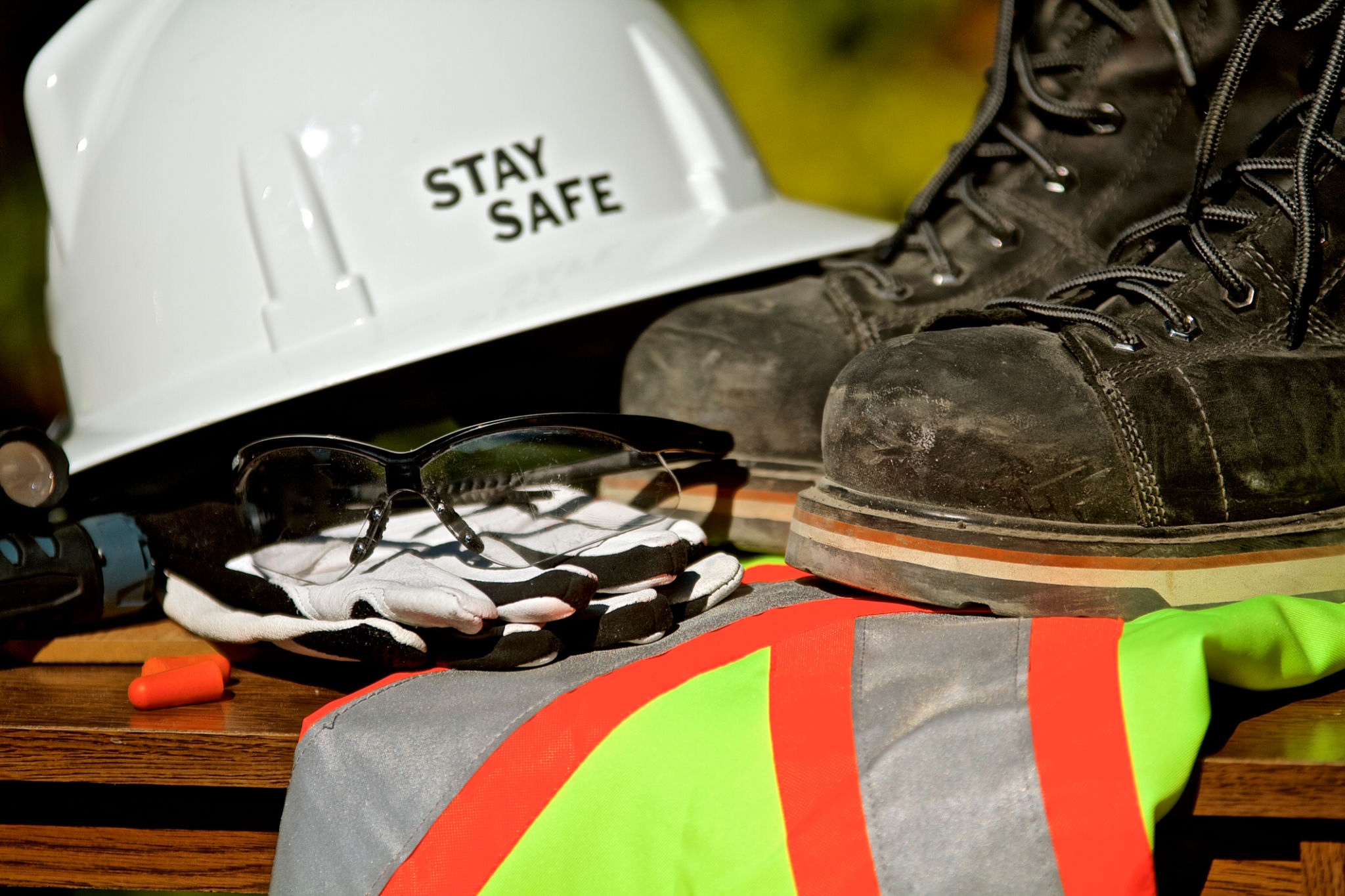Expert Advice on Maintaining a Clean and Safe Workplace
The Importance of a Clean and Safe Workplace
A clean and safe workplace is essential for ensuring the health and well-being of employees. Not only does it boost productivity, but it also reduces the risk of accidents and illnesses. Maintaining such an environment requires a consistent commitment and strategic planning. In this post, we will explore expert advice on how to achieve and maintain a clean and safe workplace.

Developing a Cleaning Schedule
One of the most effective ways to maintain cleanliness is by implementing a thorough cleaning schedule. This schedule should outline daily, weekly, and monthly tasks that need to be performed. Regular cleaning tasks might include:
- Disinfecting high-touch surfaces like door handles and keyboards.
- Vacuuming and mopping floors.
- Cleaning restrooms and restocking supplies.
By adhering to a schedule, you ensure that no area is overlooked and that cleanliness is consistently upheld.
Encouraging Employee Participation
Ensuring workplace safety is not solely the responsibility of management; it requires the active participation of all employees. Encourage your team to maintain cleanliness in their personal workspaces and communal areas. This can be achieved by:
- Providing adequate cleaning supplies.
- Encouraging a “clean as you go” policy.
- Offering training sessions on best practices for maintaining cleanliness.

Investing in Quality Cleaning Products and Equipment
The use of high-quality cleaning products and equipment is crucial in maintaining a sanitary workplace. Investing in eco-friendly and effective cleaning solutions not only ensures better results but also supports a healthier environment. Consider partnering with reputable suppliers who can provide reliable products that meet your workplace needs.
Implementing Safety Protocols
In addition to cleanliness, safety protocols play a vital role in creating a secure workplace. Essential safety measures include:
- Conducting regular safety audits to identify potential hazards.
- Ensuring all employees are trained in emergency procedures.
- Providing appropriate personal protective equipment (PPE) when necessary.

Monitoring Air Quality
A clean workplace extends beyond visible surfaces; air quality is also a critical factor. Poor air quality can lead to health issues such as respiratory problems. To maintain optimal air quality, consider the following:
- Regularly servicing HVAC systems.
- Installing air purifiers where needed.
- Encouraging proper ventilation by keeping windows open when possible.
The Role of Regular Inspections
Conducting regular inspections is crucial to ensure that cleanliness and safety standards are being met. Inspections help identify areas that require improvement and allow for timely corrective actions. Regular feedback from employees can also provide valuable insights into areas that may need attention.
By implementing these expert strategies, you can foster a clean and safe work environment that promotes employee well-being and productivity. Remember, maintaining such an environment is an ongoing process that requires commitment from everyone involved.